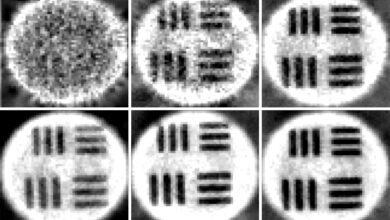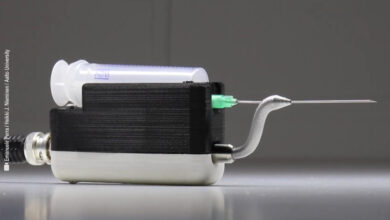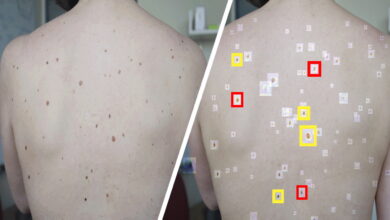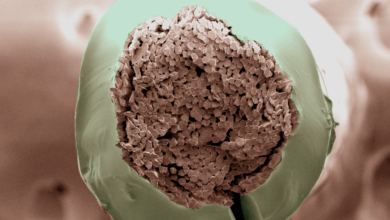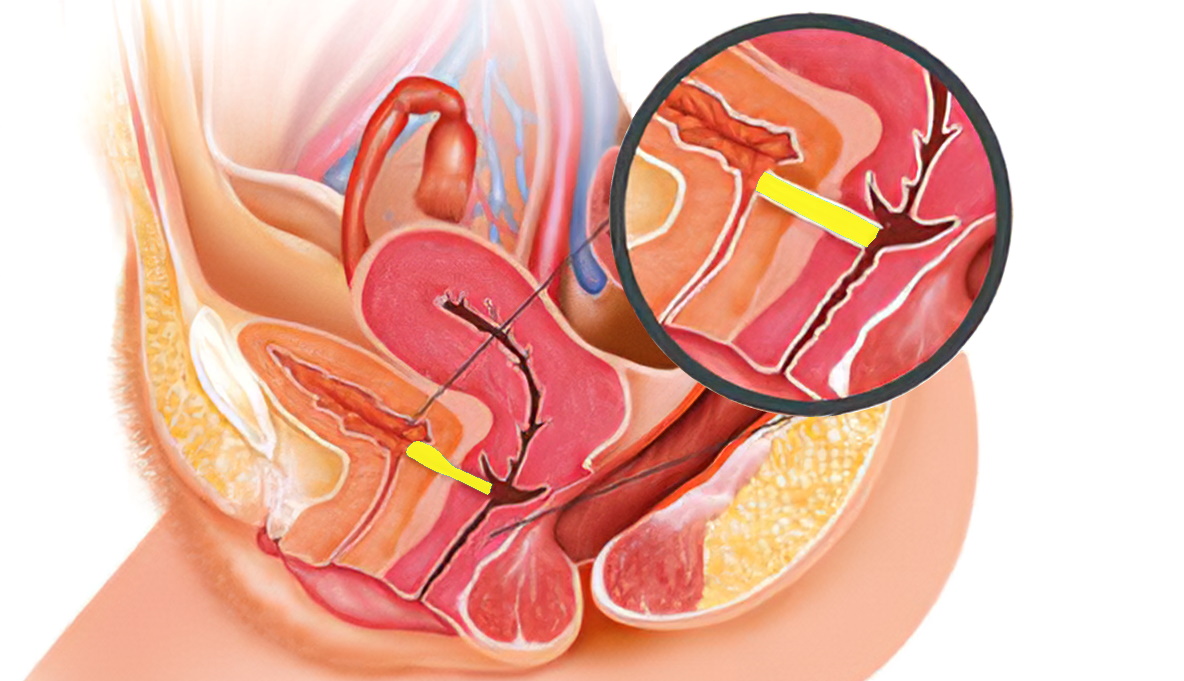
Innovative Vesicovaginal Fistula (VVF) Treatment with Regenerative Bio Glue
Sealing Fistulas with Water Immiscible Mussel Protein-Based Bioadhesive.
A Korean research team has recently developed an innovative vesicovaginal fistula (VVF) treatment method using the mussel adhesive protein (MAP) that can effectively seal fistulas in organs even when exposed to urine.
Researchers have together improved the underwater adhesive using mussel protein and applied it to a model that simulated a vesicovaginal fistula (VVF) .
As a result, it was confirmed that the fistula was sealed much quicker and more effectively than the conventional treatment method that uses sutures, and its treatment efficacy was proven to be superior.
Vesicovaginal Fistula (VVF)
Fistula refers to an abnormal opening between the organs, such as blood vessels or intestines. Among them, the bladder is in contact with various organs such as the intestine, uterus, and vagina in the abdominal cavity and a fistula here causes urine leakage that can induce serious complications such as fecal incontinence or bladder inflammation.
This not only impairs the patients’ quality of life, but female fistulas are stigmatized in many developing countries, affecting the human rights and dignity of women.
Currently, a physical suture method is typically used for treating vesicovaginal fistula (VVF). However, this technique has multiple limitations since the surgeries are difficult and the repetitive contraction and expansion of the bladder damages the tissue, which results in delayed healing of the wound.
Regenerative Bio Glue
To this, the POSTECH-Korea University joint research team developed a formulation in 2016 that uses the liquid–liquid phase separation phenomenon that can occur in solutions of oppositely-charged macromolecular species to develop a water-immiscible bioadhesive that does not dissolve in body fluids like blood or urine and exhibits excellent underwater adhesion.
Moving further, the researchers conducted experiments on a pig model with vesico-vaginal fistula with improved water-immiscible bioadhesive for practical applications in clinical practice.

The improved bioadhesive with thixotropy 1 can be accurately delivered to the fistula area via a thin syringe. In addition, after the fistula is sealed, it is designed so that it does not flow out or fall out of the fistula due to the high viscosity.
The researchers confirmed that by maximizing the concentration of catechol – which acts as an important functionality in underwater adhesion – the stability of the adhesion is increased even more in the presence of body fluids.
It was also confirmed that the fistula’s closing force continued to be maintained in the bladder, an organ that repeatedly contracts and expands, thanks to the flexible property of a protein-based adhesive, and the protein adhesive biodegrades and the fistula naturally regenerates.
With no immune response or inflammation observed around the sealed fistula, low surgical difficulty, and easy access to large quantities of materials, the adhesive is anticipated to be used widely in developing countries with poor medical facilities.
The water-immiscible mussel protein-based bioadhesive has undergone a technology transfer to Nature Gluetech Co., Ltd. and is currently being commercialized.
“We have confirmed the bioengineered mussel adhesive protein – a biomaterial that originated in Korea – as an effective vesicovaginal fistula (VVF) treatment method by applying it to an actual vesicovaginal fistula (VVF) of a large animal model,” explained Professor Hyung Joon Cha of POSTECH.
“It is anticipated to be successfully applicable to fistulas and perforations in other similar environments.”
“Vesicovaginal fistula (VVF) is a disorder difficult to treat and it significantly impacts the patient’s quality of life,” remarked Professor Seok Ho Kang of Korea University.
“We expect the newly developed treatment method to be applicable to minimally-invasive surgical methods such as robotic surgery and endoscopic surgery as well as open surgeries in the future based on its excellent water-immiscibility and underwater adhesion.”
The research findings were recently published in Acta Biomaterialia, an international journal on biomaterials.
